 Devotees try to grab the rope used to pull the cart carrying the Black Nazarene during the Feast of the Black Nazarene, Tuesday, Jan. 9, 2007, in Manila, Philippines. Tens of thousands of barefoot devotees joined the procession of the centuries-old statue of Jesus Christ called the Black Nazarene, in which many believe holds mystical powers, to atone for sins, ask favors or give thanks. (AP Photo/Pat Roque)
Devotees try to grab the rope used to pull the cart carrying the Black Nazarene during the Feast of the Black Nazarene, Tuesday, Jan. 9, 2007, in Manila, Philippines. Tens of thousands of barefoot devotees joined the procession of the centuries-old statue of Jesus Christ called the Black Nazarene, in which many believe holds mystical powers, to atone for sins, ask favors or give thanks. (AP Photo/Pat Roque) Tens of thousands of devotees join the procession to celebrate the 400th anniversary of the centuries-old statue of Jesus Christ known as the Black Nazarene during the Feast of the Black Nazarene Tuesday, Jan.
Tens of thousands of devotees join the procession to celebrate the 400th anniversary of the centuries-old statue of Jesus Christ known as the Black Nazarene during the Feast of the Black Nazarene Tuesday, Jan.The Granddaddy of all processions.
I think its great to have public expressions of Faith where the people may gather and channel their exuberance for the God that they cannot see. If you read my sidebar, you'll see that I'm all for more processions to manifest the presence of God in the streets.
Although I'm from a different cultural background and might therefore not be able to fully appreciate such robust and emotional manifestations of devotion, if it brings them closer to God, then go ahead and God bless ya!
Rock on, Filipinos and God bless ya'll.
The news from the Philippine Inquirer.
Black Nazarene: Celebration of faith
THE annual display of faith at yesterday’s procession of the Black Nazarene, which was no less fervid, resulted in fewer injuries because of the benign weather.
It also marked the first time since 1767 that the venerated image was brought in procession way beyond its Quaipo home grounds.
On the occasion of the Black Nazarene’s 400th anniversary, the Archdiocese of Manila earlier decided to hold prayers and a vigil on Monday at the Quirino Grandstand at Rizal Park, allowing devotees more time and space to view the venerated image of Christ.
 The Black Nazarene, center, a life-sized centuries-old statue of Christ is carried through town by devotees during an annual procession celebrating the Feast of the Black Nazarene in Manila, Philippines, on Tuesday Jan. 9, 2007. Tens of thousands of barefoot devotees surged forward to try to touch the Black Nazarene, which many believe holds mystical powers, to atone for sins, ask favors or give thanks. Some throw towels at the marshals, who wipe the statue and hurl the towels back. (AP Photo/Aaron Favila)
The Black Nazarene, center, a life-sized centuries-old statue of Christ is carried through town by devotees during an annual procession celebrating the Feast of the Black Nazarene in Manila, Philippines, on Tuesday Jan. 9, 2007. Tens of thousands of barefoot devotees surged forward to try to touch the Black Nazarene, which many believe holds mystical powers, to atone for sins, ask favors or give thanks. Some throw towels at the marshals, who wipe the statue and hurl the towels back. (AP Photo/Aaron Favila)
An early morning high Mass celebrated by Manila Archbishop Gaudencio Cardinal Rosales preceded the agape, or a sharing of food among the devotees.
According to Juliano Parena, training officer of the Fire Emergency Paramedic Assistance Group, there were no reports of fatalities at the procession this year, unlike last year when a devotee fell into a manhole and was trampled to death and another died of complications at the Philippine General Hospital.
“The overcast sky and less heat may have resulted in fewer injuries,” he said, adding that the blazing sun and high temperatures in the past usually resulted in exhaustion and fainting spells among the devotees.
 Devotees try to reach a cart carrying The Black Nazarene, as it pass along the city's major street during the celebration of the Feast of the Black Nazarene Tuesday, Jan. 9, 2007, in Manila, Philippines. Tens of thousands of barefoot devotees joined the procession of the centuries-old statue of Jesus Christ called the Black Nazarene in which many believe holds mystical powers, to atone for sins, ask favors or give thanks. (AP Photo/Aaron Favila)
Devotees try to reach a cart carrying The Black Nazarene, as it pass along the city's major street during the celebration of the Feast of the Black Nazarene Tuesday, Jan. 9, 2007, in Manila, Philippines. Tens of thousands of barefoot devotees joined the procession of the centuries-old statue of Jesus Christ called the Black Nazarene in which many believe holds mystical powers, to atone for sins, ask favors or give thanks. (AP Photo/Aaron Favila) Filipino devotees carry a replica of the Black Nazarene during a procession marking the 400th anniversary of the Feast of the Black Nazarene in Manila January 9, 2007. Devotees struggle to get close to the Black Nazarene carrying the wooden cross as it is believed that wiping a piece of cloth on it or just touching it can bring miracles or good luck. The Black Nazarene was brought to the Philippines by Spanish priests in the early 17th century. REUTERS/Darren Whiteside (PHILIPPINES)
Filipino devotees carry a replica of the Black Nazarene during a procession marking the 400th anniversary of the Feast of the Black Nazarene in Manila January 9, 2007. Devotees struggle to get close to the Black Nazarene carrying the wooden cross as it is believed that wiping a piece of cloth on it or just touching it can bring miracles or good luck. The Black Nazarene was brought to the Philippines by Spanish priests in the early 17th century. REUTERS/Darren Whiteside (PHILIPPINES)
Parena, who has volunteered to provide first aid to injured devotees for the past six years, said the relatively cool weather also enabled the procession to take a slower pace and somehow lessen the crowd’s frenzy.
Familiar sights
He observed that the image “took a longer route because of its anniversary, so it took some time for it to reach Quiapo Church [unlike last year].”
The procession commemorates the first procession to transfer the Black Nazarene from a church in Intramuros to the Minor Basilica in Quiapo on Jan. 9, 1767.
A familiar sight accompanied the image as it was taken from the Quirino Grandstand for the journey back to Quiapo—barefoot devotees clad in maroon or purple, packed behind the carriage pulling at the ropes or waving white handkerchiefs and towels.
On Quezon Boulevard, the overcast skies over Quiapo lit up with firecrackers when the image arrived in the early afternoon.
 A girl wipes a cloth on a replica of the Black Nazarene before the start of a procession marking the 400th anniversary of the Feast of the Black Nazarene in Manila January 9, 2007. Devotees struggle to get close to the Black Nazarene carrying the wooden cross as it is believed that wiping a piece of cloth on it or just touching it can bring miracles or good luck. The Black Nazarene was brought to the Philippines by Spanish priests in the early 17th century. REUTERS/Darren Whiteside (PHILIPPINES)
A girl wipes a cloth on a replica of the Black Nazarene before the start of a procession marking the 400th anniversary of the Feast of the Black Nazarene in Manila January 9, 2007. Devotees struggle to get close to the Black Nazarene carrying the wooden cross as it is believed that wiping a piece of cloth on it or just touching it can bring miracles or good luck. The Black Nazarene was brought to the Philippines by Spanish priests in the early 17th century. REUTERS/Darren Whiteside (PHILIPPINES)
 A boy holds a replica of the Black Nazarene during a procession marking the 400th anniversary of the Feast of the Black Nazarene in Manila January 9, 2007. Devotees struggle to get close to the Black Nazarene carrying the wooden cross as it is believed that wiping a piece of cloth on it or just touching it can bring miracles or good luck. The Black Nazarene was brought to the Philippines by Spanish priests in the early 17th century. REUTERS/Cheryl Ravelo (PHILIPPINES)
A boy holds a replica of the Black Nazarene during a procession marking the 400th anniversary of the Feast of the Black Nazarene in Manila January 9, 2007. Devotees struggle to get close to the Black Nazarene carrying the wooden cross as it is believed that wiping a piece of cloth on it or just touching it can bring miracles or good luck. The Black Nazarene was brought to the Philippines by Spanish priests in the early 17th century. REUTERS/Cheryl Ravelo (PHILIPPINES)
 Marshals in uniform protect the statue of the Black Nazarene from the surging crowd during the celebration of the Feast of the Black Nazarene Tuesday, Jan. 9, 2007, in Manila, Philippines. Tens of thousands of barefoot devotees joined the procession of the centuries-old statue of Jesus Christ called the Black Nazarene in which many believe holds mystical powers, to atone for sins, ask favors or give thanks. (AP Photo/Pat Roque)
Marshals in uniform protect the statue of the Black Nazarene from the surging crowd during the celebration of the Feast of the Black Nazarene Tuesday, Jan. 9, 2007, in Manila, Philippines. Tens of thousands of barefoot devotees joined the procession of the centuries-old statue of Jesus Christ called the Black Nazarene in which many believe holds mystical powers, to atone for sins, ask favors or give thanks. (AP Photo/Pat Roque)
Again, white handkerchiefs and towels were waved and the crowd erupted into loud cheers as a number of men tried—successfully or in vain—to clamber onto the carriage in an attempt to touch the image.
As the frenzy escalated at around 3 p.m., a number of devotees were taken to nearby ambulances for foot injuries and abrasions.
Many young men were seen boldly leaping onto the carriage, wiping the image with a towel, and then diving back into the heaving crowd.
 Thousands of devotees follow the image of the Black Nazarene as it is being transferred in a motorcade from the Quiapo Cathedral to the Quirino Grandstand in Manila, Philippines for an overnight vigil on the eve of its 400th anniversary Monday Jan.8, 2007. Tens of thousands of devotees are expected to follow the Black Nazarene for the procession back to the cathedral Tuesday. The annual festival is fast becoming a tourist attraction. (AP Photo/Bullit Marquez)
Thousands of devotees follow the image of the Black Nazarene as it is being transferred in a motorcade from the Quiapo Cathedral to the Quirino Grandstand in Manila, Philippines for an overnight vigil on the eve of its 400th anniversary Monday Jan.8, 2007. Tens of thousands of devotees are expected to follow the Black Nazarene for the procession back to the cathedral Tuesday. The annual festival is fast becoming a tourist attraction. (AP Photo/Bullit Marquez)
 Devotees pray as they wait for the arrival of the image of the Black Nazarene as it is being transferred in a motorcade from the Quiapo Cathedral to the Quirino Grandstand in Manila, Philippines for an overnight vigil on the eve of its 400th anniversary Monday, Jan. 8, 2007. Tens of thousands of devotees are expected to follow the Black Nazarene for the procession back to the cathedral Tuesday. The annual festival is fast becoming a tourist attraction. (AP Photo/Bullit Marquez)
Devotees pray as they wait for the arrival of the image of the Black Nazarene as it is being transferred in a motorcade from the Quiapo Cathedral to the Quirino Grandstand in Manila, Philippines for an overnight vigil on the eve of its 400th anniversary Monday, Jan. 8, 2007. Tens of thousands of devotees are expected to follow the Black Nazarene for the procession back to the cathedral Tuesday. The annual festival is fast becoming a tourist attraction. (AP Photo/Bullit Marquez)
Some of the elderly faithful complained of chest pains and difficulty in breathing. A devotee estimated to be in his late 60s was taken to the University of the Santo Tomas Hospital for treatment of what appeared to be a mild cardiac arrest.
Volunteer staff of the Philippine National Red Cross (PNRC) said many of the devotees fainted because they had been fasting.
100,000 in Quiapo
“They have made it their vow not to eat breakfast or lunch on the feast day of the Black Nazarene,” said a PNRC volunteer.
Police estimated the crowd in Quiapo at 100,000.
 Filipino devotees carry the image of Black Nazarene Jesus on the eve of the 400th year anniversary of the Feast of the Black Nazarene in Manila January 8, 2007. Devotees try to get close to the Black Nazarene image as it is believed that touching the image can bring miracles or good luck. The Black Nazarene was brought to the Philippines by Spanish priests in the early 17th century. REUTERS/Cheryl Ravelo (PHILIPPINES)
Filipino devotees carry the image of Black Nazarene Jesus on the eve of the 400th year anniversary of the Feast of the Black Nazarene in Manila January 8, 2007. Devotees try to get close to the Black Nazarene image as it is believed that touching the image can bring miracles or good luck. The Black Nazarene was brought to the Philippines by Spanish priests in the early 17th century. REUTERS/Cheryl Ravelo (PHILIPPINES)
 Filipino altar boys prepare to take part in a procession marking the 400th anniversary of the Feast of the Black Nazarene in Manila January 9, 2007. The Black Nazarene was brought to the Philippines by Spanish priests in the early 17th century. REUTERS/Darren Whiteside (PHILIPPINES)
Filipino altar boys prepare to take part in a procession marking the 400th anniversary of the Feast of the Black Nazarene in Manila January 9, 2007. The Black Nazarene was brought to the Philippines by Spanish priests in the early 17th century. REUTERS/Darren Whiteside (PHILIPPINES)
 Thousands of Filipino devotees take part in a procession marking the 400th anniversary of the Feast of the Black Nazarene in Manila January 9, 2007. Devotees struggle to get close to the Black Nazarene carrying the wooden cross as it is believed that wiping a piece of cloth on it or just touching it can bring miracles or good luck. The Black Nazarene was brought to the Philippines by Spanish priests in the early 17th century. REUTERS/Darren Whiteside (PHILIPPINES)
Thousands of Filipino devotees take part in a procession marking the 400th anniversary of the Feast of the Black Nazarene in Manila January 9, 2007. Devotees struggle to get close to the Black Nazarene carrying the wooden cross as it is believed that wiping a piece of cloth on it or just touching it can bring miracles or good luck. The Black Nazarene was brought to the Philippines by Spanish priests in the early 17th century. REUTERS/Darren Whiteside (PHILIPPINES)
Senior Supt. Danilo Abarzosa, acting director of the Manila Police District, said there were more devotees this year than in 2006.
Hundreds of maroon-clad male devotees milled on the sidelines, unmindful of their muddy, sometimes bloody, feet.
Luis de Lena, 65, a devotee for 16 years, carried a bottle full of incense powder and pictures of the Black Nazarene.
 Devotees wave white towels as they cheer the arrival of the image of the Black Nazarene as it is being transferred in a motorcade from the Quiapo Cathedral to the Quirino Grandstand in Manila, Philippines, for an overnight vigil on the eve of its 400th anniversary Monday Jan. 8, 2007. Tens of thousands of devotees are expected to follow the Black Nazarene for the procession back to the cathedral Tuesday. The annual festival is fast becoming a tourist attraction. (AP Photo/Bullit Marquez)
Devotees wave white towels as they cheer the arrival of the image of the Black Nazarene as it is being transferred in a motorcade from the Quiapo Cathedral to the Quirino Grandstand in Manila, Philippines, for an overnight vigil on the eve of its 400th anniversary Monday Jan. 8, 2007. Tens of thousands of devotees are expected to follow the Black Nazarene for the procession back to the cathedral Tuesday. The annual festival is fast becoming a tourist attraction. (AP Photo/Bullit Marquez)
“Jesus Christ has been good to us, and this is our way of thanking Him,” said a barefoot De Lena.
Various images of the Black Nazarene were also paraded on streets surrounding Plaza Miranda.
Devotees likewise threw their towels and handkerchiefs at the “image custodians,” who would dutifully rub these on the images for their owners.
But Parena was not pleased.
 Hundreds of Roman Catholic Filipino devotees swarm around the statue of the Black Nazarene outside the Quiapo church in downtown Manila, Philippines, on New Years Day, Monday, Jan. 1, 2007. The popular religious icon is paraded every New Years day and on its feast day Jan. 9, when a much bigger crowd turn up annually to venerate the centuries-old statue. (AP Photo/Aaron Favila)
Hundreds of Roman Catholic Filipino devotees swarm around the statue of the Black Nazarene outside the Quiapo church in downtown Manila, Philippines, on New Years Day, Monday, Jan. 1, 2007. The popular religious icon is paraded every New Years day and on its feast day Jan. 9, when a much bigger crowd turn up annually to venerate the centuries-old statue. (AP Photo/Aaron Favila)
 Thousands of devotees jam the street as they join the celebration of the Feast of the Black Nazarene Tuesday, Jan.
Thousands of devotees jam the street as they join the celebration of the Feast of the Black Nazarene Tuesday, Jan.
“They should not even be holding processions on the same day as the Black Nazarene,” he said, explaining that the smaller statues had been assigned another day for a procession.
“And still the groups that own these statues insist on doing this, adding to the streets’ congestion,” he added, shaking his head.
Copyright 2007 Inquirer. All rights reserved.![[Unam Sanctam]](https://blogger.googleusercontent.com/img/b/R29vZ2xl/AVvXsEiymQ2adTjpZ1ABhPBbBBquiPCxeQrc4Jy_97vOikT0wGQeJleriiXQy6ebnb0jrYe-TfvcK77txStB4aIwVAdD41ZdMkVfNtFGC0JX6LBV9B8mfeRZaIAM7Sj-011ag3DiKQzv/s1600/headerdivinemercy.jpg)












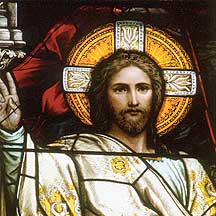
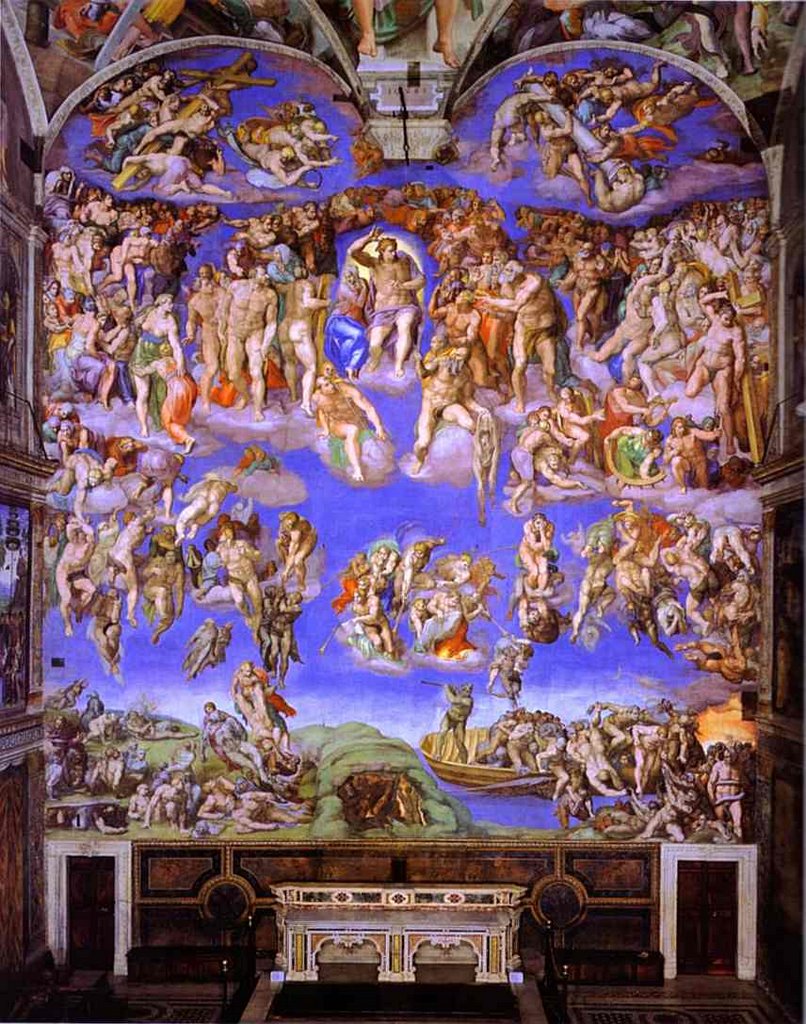


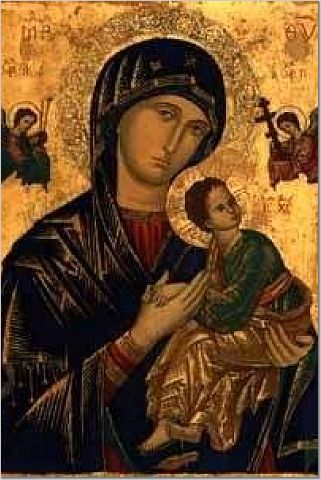



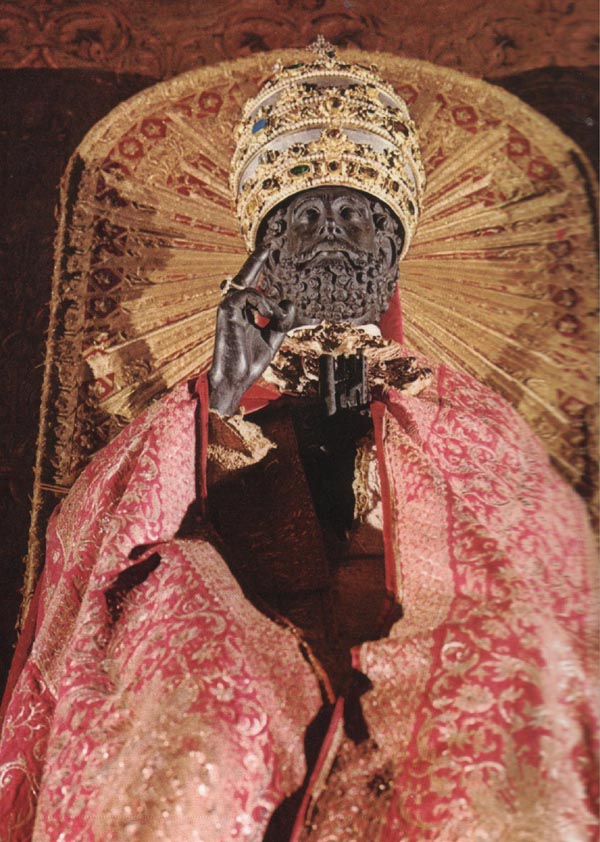
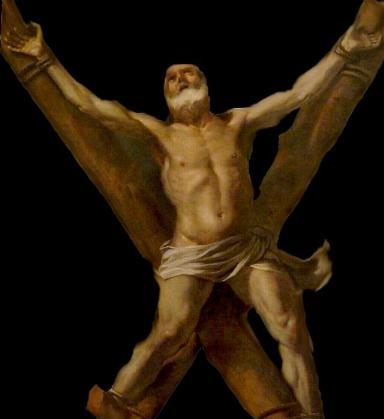




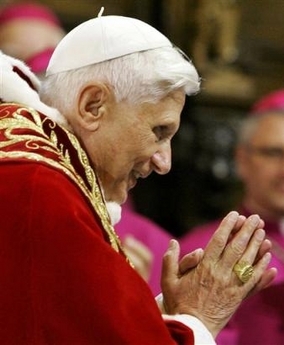






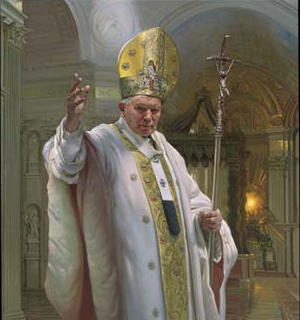
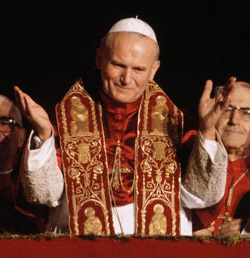
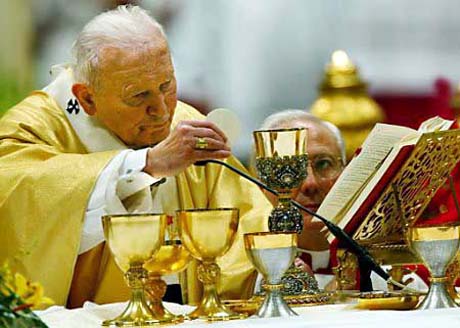







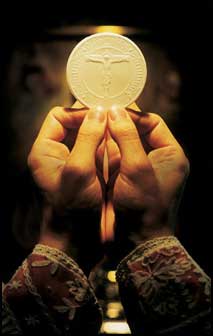
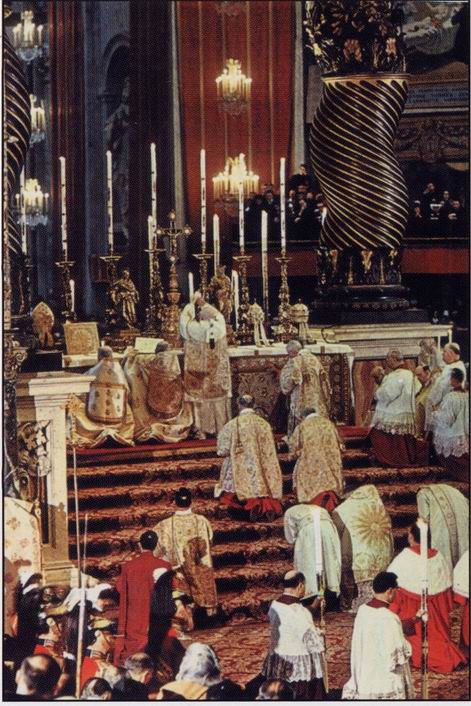



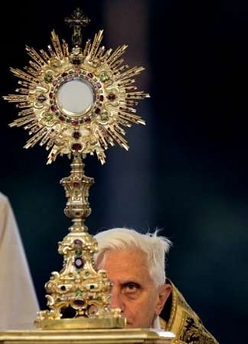


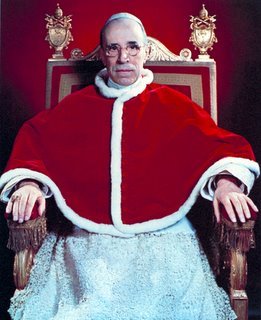




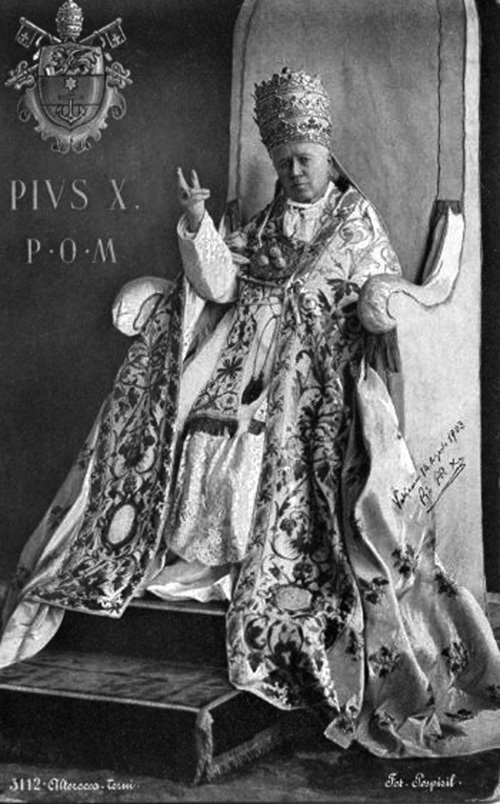










No comments:
Post a Comment